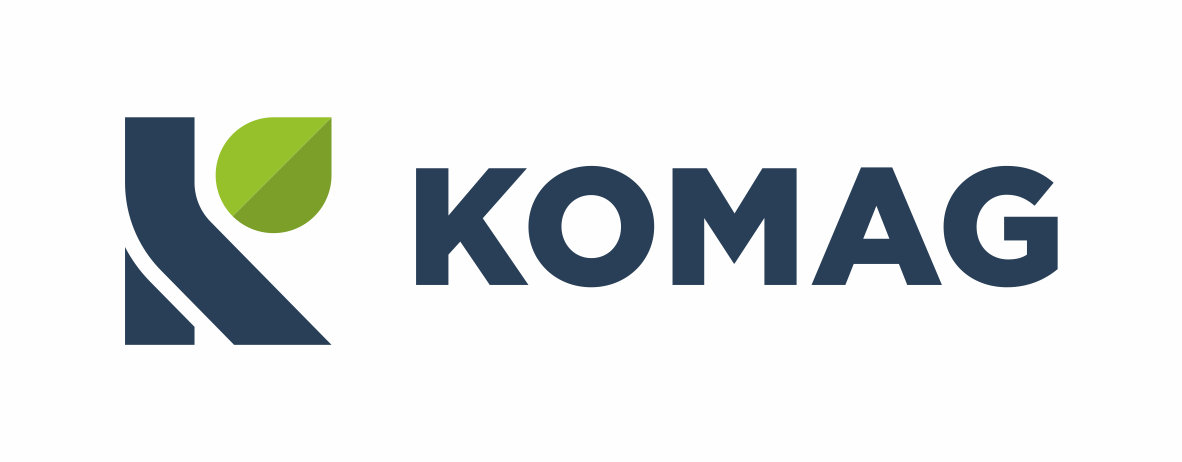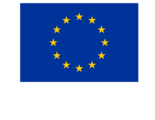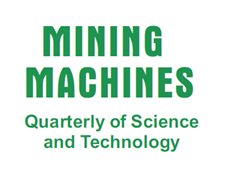| We would like to inform that on 9th May 2008 the Laboratory of Material Engineering and Environment at the KOMAG Centre has obtained the Accreditation No. AB 910 from the Polish Centre for Accreditation in Warsaw. |  |
Within that accreditation the Laboratory offers conducting the tests of toys’ safety for conformity with the requirements of the following Standards harmonized with the 88/378/EEC Directive (Toy Directive):
- PN-EN 71-1 ”Safety of toys. Part 1. Mechanical and physical properties”
- PN-EN 71-2 ”Safety of toys. Part 2. Flammability”
- PN-EN 71-3 ”Safety of toys. Migration of determined elements”
- PN-EN 71-8 ”Safety of toys. Part 8. Swings, slides and similar activating toys for household use – indoors and outdoors”.
The offer for testing the safety of toys is addressed, among others, to manufacturers and importers who commercialize toys. Tests results are the basis for granting CE mark to toys, according to the Decree of the Minister for Economy, Labour and Social Policy dated 14th November 2003 (as regards the principal requirements for toys, Journal of Laws 2003, No. 210, item 2045).
The accreditation of the Laboratoryalso includes:
- analysis of chemical composition of steel and cast iron products as regards checking the quality of material,
- measurement of hardness and thickness of metal materials,
- measurement of roughness and thickness of protective coatings,
- assessment of corrosion resistance of metal materials and protective coatings,
- determination of corrosion loss of sheets and welded joints,
- assessment of condition of product surface and verification of marking,
- identification of surface and under-surface discontinuity (flaws) in metal products by visual and magnetic-and-powder methods,
- verification of manufacture quality of welded joints by visual and magnetic-and-powder methods.





 Badanie bezpieczeństwa wyrobów
Badanie bezpieczeństwa wyrobów Klaster Maszyn Górniczych
Klaster Maszyn Górniczych